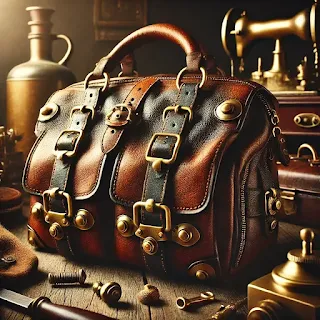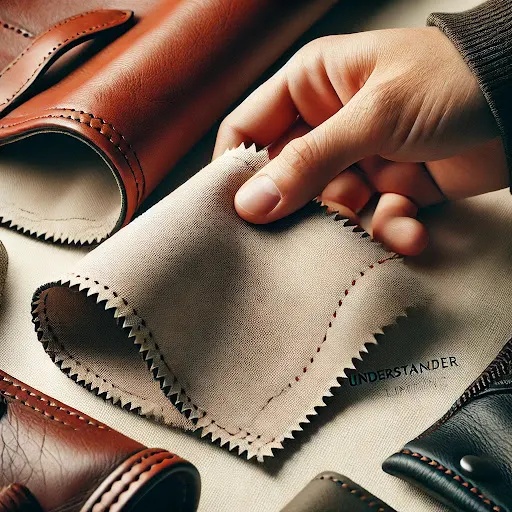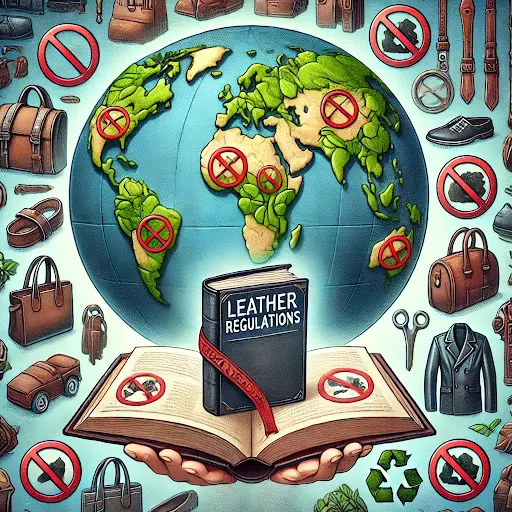Leather is a natural material that undergoes a preservation process during tanning, making it resistant to decomposition. However, there are ways to repurpose and recycle used leather hides and goods to minimize waste and promote sustainability. Here are some ways to reuse and repurpose used leather:
1. Upcycling:
- Transform used leather items into new and creative products. For example, old leather jackets can be upcycled into bags, wallets, or accessories.
2. Donation:
- Donate gently used leather goods to charitable organizations, thrift stores, or community centers. This allows others to benefit from the items while reducing waste.
3. Craft Projects:
- Use small leather remnants for craft projects. Leather scraps can be utilized in making keychains, bookmarks, or other small items.
4. Art and Decor:
- Incorporate leather pieces into art projects or home decor. Leather can be framed, stretched, or used as decorative accents.
5. Repair and Restoration:
- Repair and restore worn leather items to extend their lifespan. This can involve patching, stitching, or reconditioning the leather to make it functional again.
6. Leather Recycling Programs:
- Check if there are local or specialized recycling programs that accept leather goods. Some programs repurpose or recycle leather into new products.
7. Composting (Natural Leather):
- If the leather is free from synthetic materials or harmful chemicals, it may be composted. However, this process is slow, and it's essential to ensure the leather is truly natural and not treated with substances that can be harmful to the environment.
8. Lining for Planters:
- Use small leather pieces as liners for planters. This adds a touch of uniqueness and protects the planter from moisture.
9. Pet Products:
- Create pet accessories or toys using leather scraps. Leather can be durable and suitable for certain pet products.
10. Educational Purposes:
11. DIY Projects:
12. Fashioning New Items:
When considering decomposition, it's important to note that natural leather, being an organic material, can break down over an extended period in the right conditions. However, due to the tanning process, it may decompose at a slower rate compared to untreated organic matter.
Before discarding leather, it's advisable to explore options for reuse, upcycling, or recycling to contribute to sustainable practices and reduce environmental impact.





















